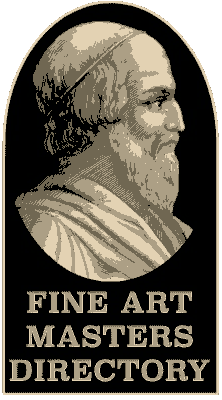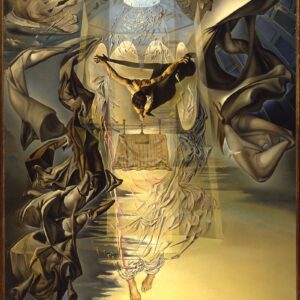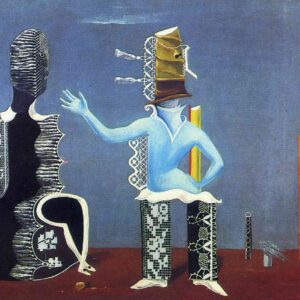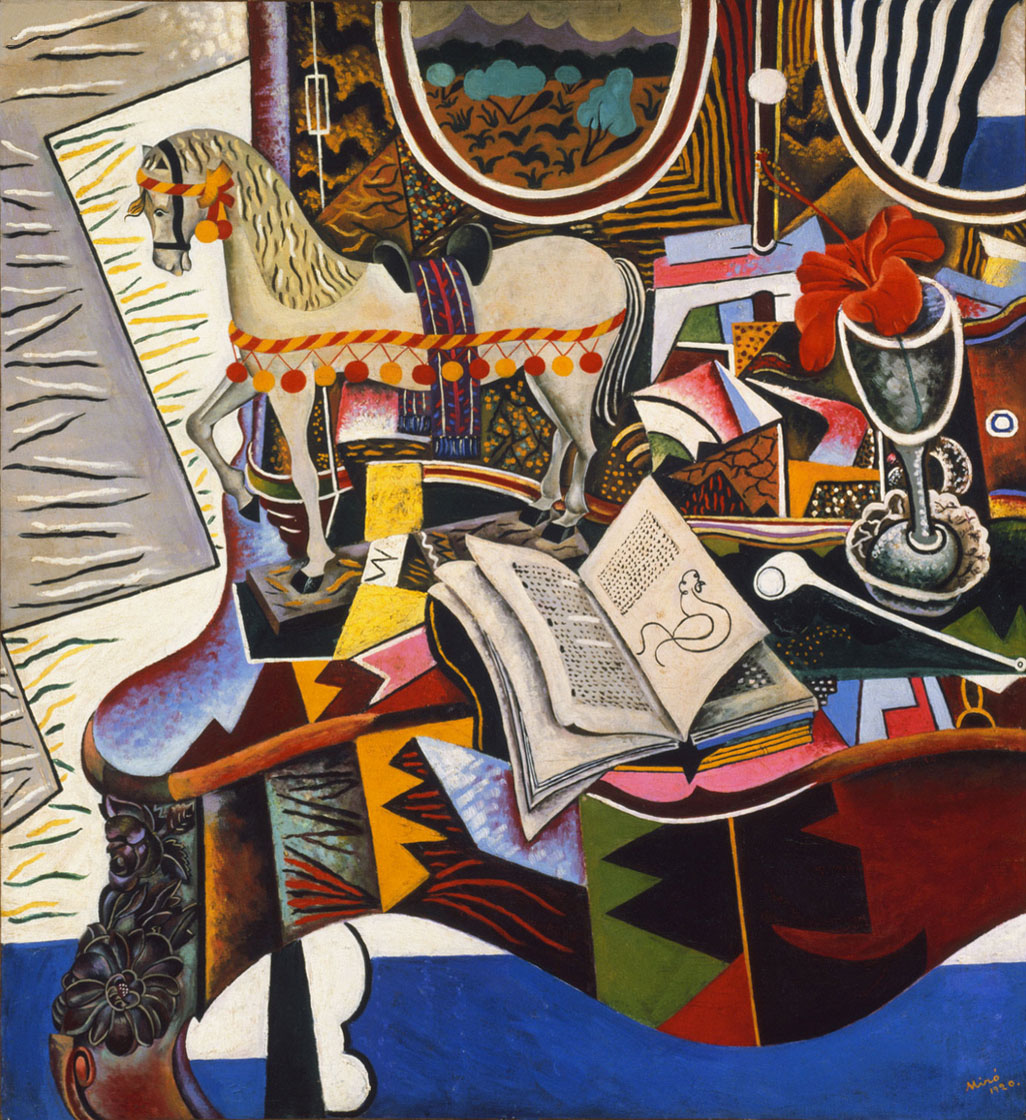Giuseppe Maria Alberto Giorgio de Chirico (/ˈkɪrɪkoʊ/ KIRR-ik-oh, Italian: [ˈdʒordʒo deˈkiːriko]; 10 July 1888 – 20 November 1978) was an Italian[2][3] artist and writer born in Greece. In the years before World War I, he founded the scuola metafisica art movement, which profoundly influenced the surrealists. His most well-known works often feature Roman arcades, long shadows, mannequins, trains, and illogical perspective. His imagery reflects his affinity for the philosophy of Arthur Schopenhauer and of Friedrich Nietzsche, and for the mythology of his birthplace.
After 1919, he became a critic of modern art, studied traditional painting techniques, and worked in a neoclassical or neo-Baroque style, while frequently revisiting the metaphysical themes of his earlier work.
…
De Chirico won praise for his work almost immediately from the writer Guillaume Apollinaire, who helped to introduce his work to the later Surrealists. De Chirico strongly influenced the Surrealist movement: Yves Tanguy wrote how one day in 1922 he saw one of de Chirico’s paintings in an art dealer’s window, and was so impressed by it he resolved on the spot to become an artist—although he had never even held a brush. Other Surrealists who acknowledged de Chirico’s influence include Max Ernst, Salvador Dalí, and René Magritte, who described his first sighting of de Chirico’s The Song of Love as “one of the most moving moments of my life: my eyes saw thought for the first time.”[32] Other artists as diverse as Giorgio Morandi, Carlo Carrà, Paul Delvaux, Carel Willink, Harue Koga, Philip Guston, Andy Warhol and Mark Kostabi were influenced by de Chirico.
De Chirico’s style has influenced several filmmakers, particularly in the 1950s through 1970s. The visual style of the French animated film Le Roi et l’oiseau, by Paul Grimault and Jacques Prévert, was influenced by de Chirico’s work, primarily via Tanguy, a friend of Prévert.[33] The visual style of Valerio Zurlini‘s film The Desert of the Tartars (1976) was influenced by de Chirico’s work.[34] Michelangelo Antonioni, the Italian film director, also said he was influenced by de Chirico. Some comparison can be made to the long takes in Antonioni’s films from the 1960s, in which the camera continues to linger on desolate cityscapes populated by a few distant figures, or none at all, in the absence of the film’s protagonists.
In 1958, Riverside Records used a reproduction of de Chirico’s 1915 painting The Seer (originally painted as a tribute to French poet Arthur Rimbaud) as the cover art for pianist Thelonious Monk‘s live album Misterioso. The choice was made to capitalize on Monk’s popularity with intellectual and bohemian fans from venues such as the Five Spot Café, where the album had been recorded, but Monk biographer Robin Kelley later observed deeper connections between the painting and the pianist’s music; Rimbaud had “called on the artist to be a seer in order to plumb the depths of the unconscious in the quest for clairvoyance … The one-eyed figure represented the visionary. The architectural forms and the placement of the chalkboard evoked the unity of art and science—a perfect symbol for an artist whose music has been called ‘mathematical.'”[35]
Writers who have appreciated de Chirico include John Ashbery, who has called Hebdomeros “probably … the finest [major work of Surrealist fiction].”[36] Several of Sylvia Plath‘s poems are influenced by de Chirico.[37] In his book Blizzard of One Mark Strand included a poetic diptych called “Two de Chiricos”: “The Philosopher’s Conquest” and “The Disquieting Muses”.
Gabriele Tinti composed three poems[38] inspired by de Chirico’s paintings: The Nostalgia of the Poet (1914),[39] The Uncertainty of the Poet (1913), and Ariadne (1913),[40] works in the Peggy Guggenheim Collection, the Tate, and the Metropolitan Museum of Art, respectively. The poems were read by actor Burt Young at the Met in 2016.[41][42][43]
The box art for Fumito Ueda‘s PlayStation 2 game Ico sold in Japan and Europe was strongly influenced by de Chirico.[44]
The cover art of New Order‘s single “Thieves Like Us” is based on de Chirico’s painting The Evil Genius of a King.[45]
The music video for the David Bowie song “Loving the Alien” was partly influenced by de Chirico. Bowie was an admirer of his genderless tailors’ dummies.[46]






















